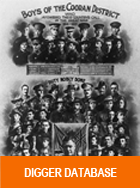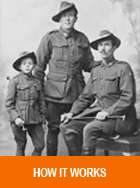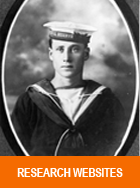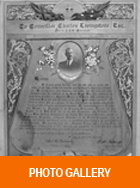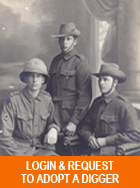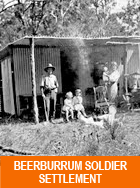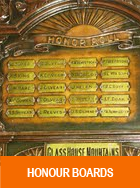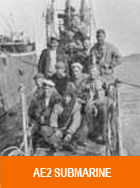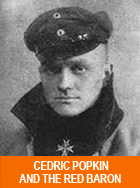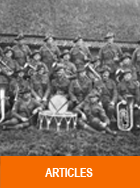Local German families during WW1
This animosity towards the German people grew right across Australia and town names were changed to either English or Aboriginal names. As a result Teutoberg changed its name to Witta (Queensland Gov Gazette 20 May 1916). Similarly, German families anglicised their surnames â sometimes so the men could join the AIF and serve overseas. Names of some of these German families were Nothling, Sommer, Burgum, Tesch â and the Witta cemetery at the end of Witta Road holds the graves of many of these German families.
In 1916 the Commonwealth Government required all âaliensâ living in Australia to register with local authorities. These documents are held in the Sydney offices of National Archives of Australia.
The Enoggera internment camp was located next to an existing army camp in what is now suburban Brisbane. It housed nearly 140 internees, including the non-military officers and crew of civilian German ships docked in Brisbane after the outbreak of war. Many of the men were married, but their families were not taken into the camp. For the first five months, until March 1915, the internees were able to leave the camp during daylight hours and they could be employed. The camp was closed in August 1915 and the internees were transferred to the Holsworthy camp in New South Wales. (NAA)

